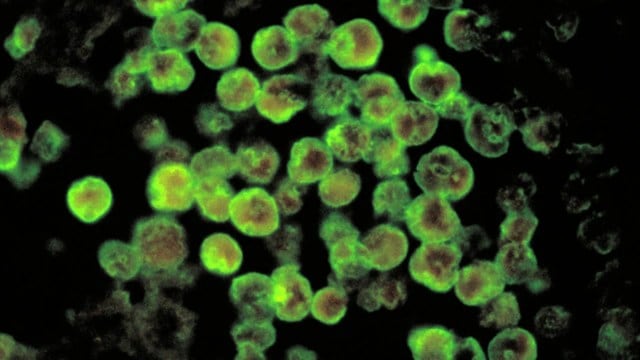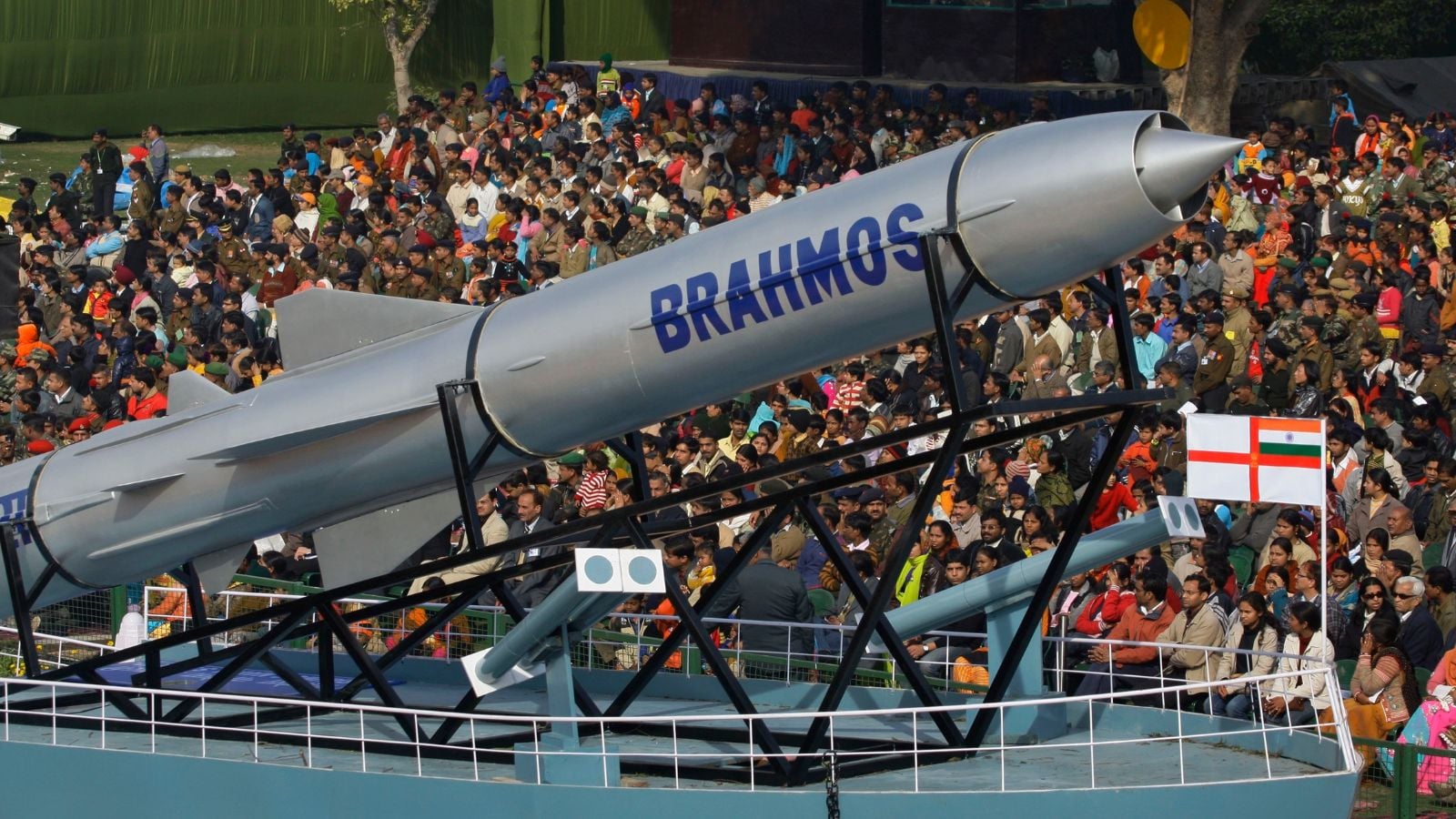ARTICLE AD BOX
 Amoebic meningoencephalitis is caused by Naegleria fowleri, known as the “brain eating amoeba”. (Representational image/File)
Amoebic meningoencephalitis is caused by Naegleria fowleri, known as the “brain eating amoeba”. (Representational image/File)
Kerala’s health department has sounded an alert in Kozhikode district after three back to back cases of the rare primary amoebic meningoencephalitis (PAM) were reported in the region. One of the victims, a nine-year-old girl, died and two others, including a three-month-old baby, are battling for their lives.
Amoebic meningoencephalitis is caused by Naegleria fowleri, known as the “brain eating amoeba”. It is a free-living amoeba found in warm, fresh water and soil, and infects people when it enters the body through the nose. This year, Kerala had eight confirmed cases and two deaths, including the one reported in Thamarassery in Kozhikode on August 14.
Health department officials said there is no common factor among the three cases, which were reported from different villages in the district. “We are clueless about how the three-month-old baby got infected by the rare disease. The amoeba might have entered the body while bathing. The infected water could enter the body through the nose. At the same time, the brain eating amoeba is also found in dust and soil. Hence, exposure to water with this particular amoebic presence is not mandatory for infection,” the official said.
Sources said that when molecular diagnosis of meningoencephalitis was done, it was understood that apart from naegleria fowleri, another genus, acanthamoeba, also causes the illness. “The notion that water exposure leads to amoebic meningoencephalitis is applicable only to cases caused by naegleria fowleri. Water exposure is not essentially applicable to meningoencephalitis caused by other amoeba, including acanthamoeba, which has an incubation period of days to months,” sources said.
The first case of PAM in India was reported in 1971, and the first case in Kerala was reported in 2016. From 2016 to 2023, the state had only eight cases. Last year, Kerala had 36 positive cases and nine deaths.
If the fatality of the disease is 97 per cent globally, Kerala has been able to bring it down to 25 per cent. All reported cases in India had led to the patient’s death until July 2024, when a 14-year-old boy in Kozhikode district became the first Indian to survive the disease. He was only the 11th PAM survivor in the world.
One of the reasons for the spike in cases in Kerala has been increased testing for acute encephalitis syndrome (AES) – a condition that can be caused by various diseases including amoebic meningoencephalitis – as well as other factors such as climate change and environmental pollution. Last year when Kerala faced a sudden spike in cases, the state issued a special treatment protocol and a standard operating procedure for the management of amoebic meningoencephalitis cases – the first state in India to do so.



.png)
.png)
.png)























 English (US) ·
English (US) ·